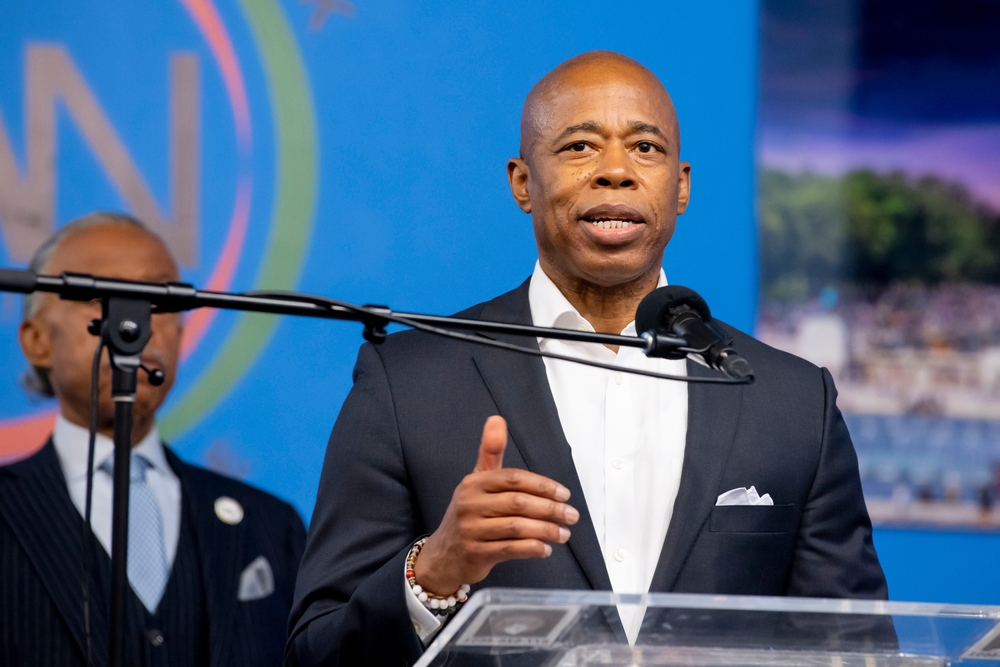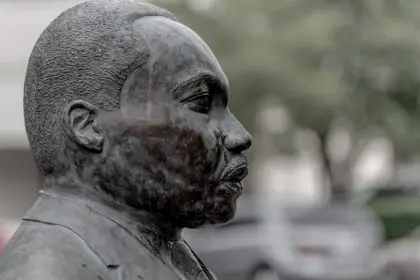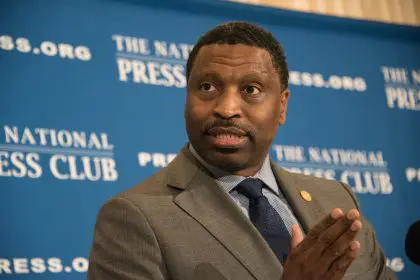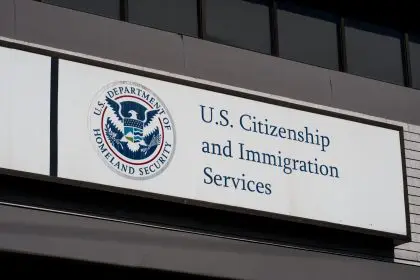Adams shifts tone on federal cooperation
In a significant policy pivot, New York City Mayor Eric Adams has instructed his administration to adopt a more cooperative stance toward federal immigration enforcement efforts, sparking intense debate among city officials and community leaders. The directive, delivered during a closed-door meeting at the Municipal Building, marks a notable departure from the city’s traditionally resistant approach to federal immigration operations.
Political calculations and funding concerns
The timing of Adams’ new position has raised questions across the political spectrum, coinciding with the dismissal of fraud charges against him. During the extensive meeting with his leadership team, Adams emphasized protecting federal funding streams as a key priority for New York City, suggesting that maintaining positive relations with federal authorities could help secure crucial resources for city programs.
Strategic realignment
Adams’ instruction to his commissioners to avoid criticizing former President Donald Trump represents a calculated shift in the city’s political positioning. The mayor’s emphasis on cooperation rather than confrontation reflects a pragmatic approach to federal-municipal relations, though critics argue it may compromise New York’s values and autonomy.
Impact on city operations
The new directive has created uncertainty among city employees regarding their interactions with Immigration and Customs Enforcement (ICE) agents. While Adams maintains that this guidance aims to streamline cooperation and protect city interests, some department heads have expressed reservations about its practical implementation and potential effects on community trust.
Departmental response
When faced with concerns from his officials about the new guidance, Adams took a firm stance, directing them to focus on their duties rather than question the administration’s approach. This management style has generated internal tension, with some department leaders worried about balancing federal compliance with local community needs.
Community and political fallout
The mayor’s repositioning has drawn sharp criticism from various quarters, including City Comptroller Brad Lander, who suggested Adams might be prioritizing personal political considerations over the city’s best interests. Community advocates have expressed concern that the new approach could erode trust between city government and immigrant communities.
Long-term implications
The policy shift raises fundamental questions about New York City’s role in the national immigration debate. As one of the country’s most prominent sanctuary cities, New York’s changing stance under Adams could influence how other municipalities approach their relationships with federal immigration authorities.
Future of city-federal relations
Adams‘ new direction suggests a broader reassessment of how major cities interact with federal authorities on immigration matters. This evolving dynamic could reshape the traditional boundaries between local and federal law enforcement, potentially establishing new precedents for city-federal cooperation.
The mayor’s approach represents a significant departure from New York City’s historical positioning on immigration enforcement. While Adams frames the shift as necessary for protecting city interests, particularly federal funding, critics argue it could undermine the city’s commitment to protecting immigrant communities.
As this policy continues to unfold, its effects will likely reverberate beyond New York City’s borders, potentially influencing how other urban centers balance their relationships with federal authorities against local community interests. The outcome of this strategic shift could reshape the landscape of immigration enforcement in major cities across the United States.
The controversy surrounding Adams’ new stance highlights the complex challenges facing urban leaders as they navigate relationships with federal authorities while maintaining community trust. As cities continue to grapple with immigration issues, the impact of Adams’ approach will likely influence policy discussions well beyond his administration.
This evolving situation underscores the delicate balance between securing federal resources and maintaining local autonomy. As New York City adapts to this new approach, the consequences for community relations, law enforcement cooperation, and municipal governance will continue to unfold, potentially reshaping the national conversation around immigration enforcement in urban areas.
















